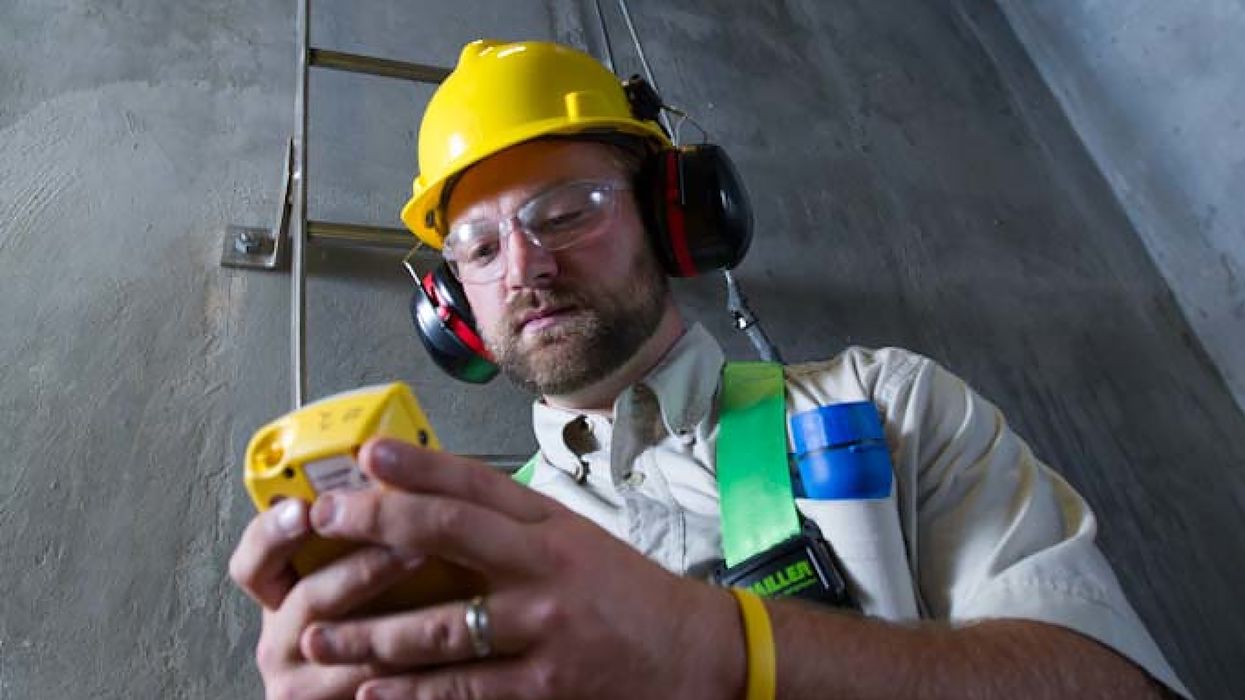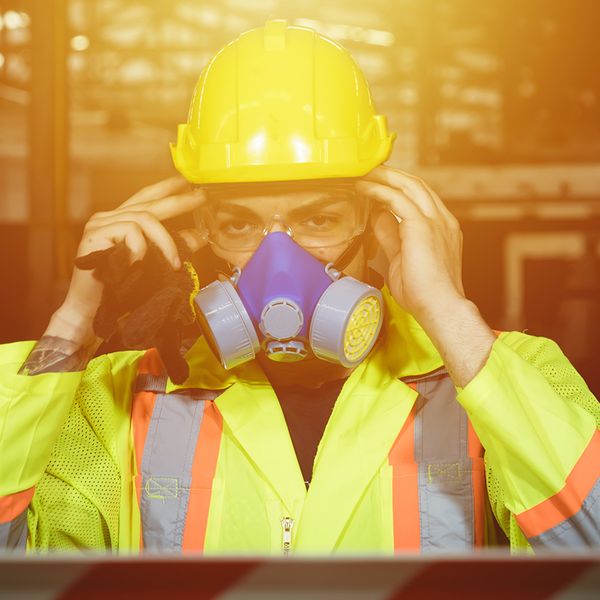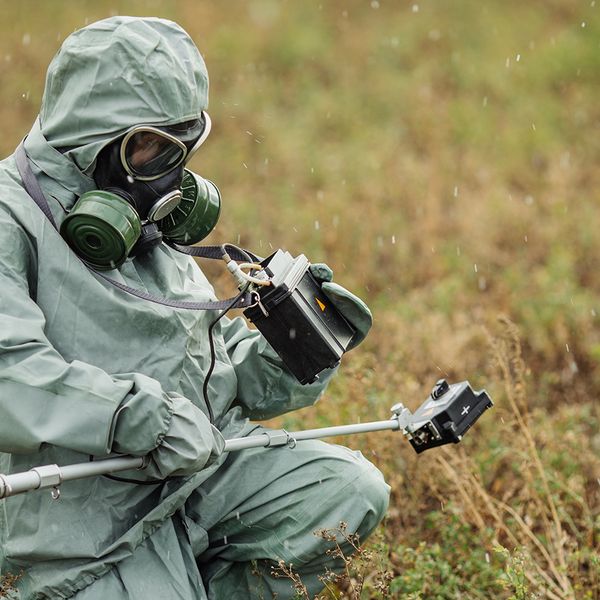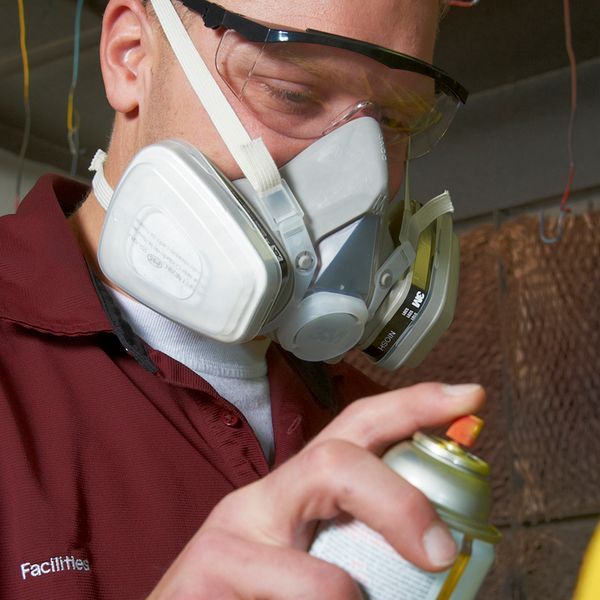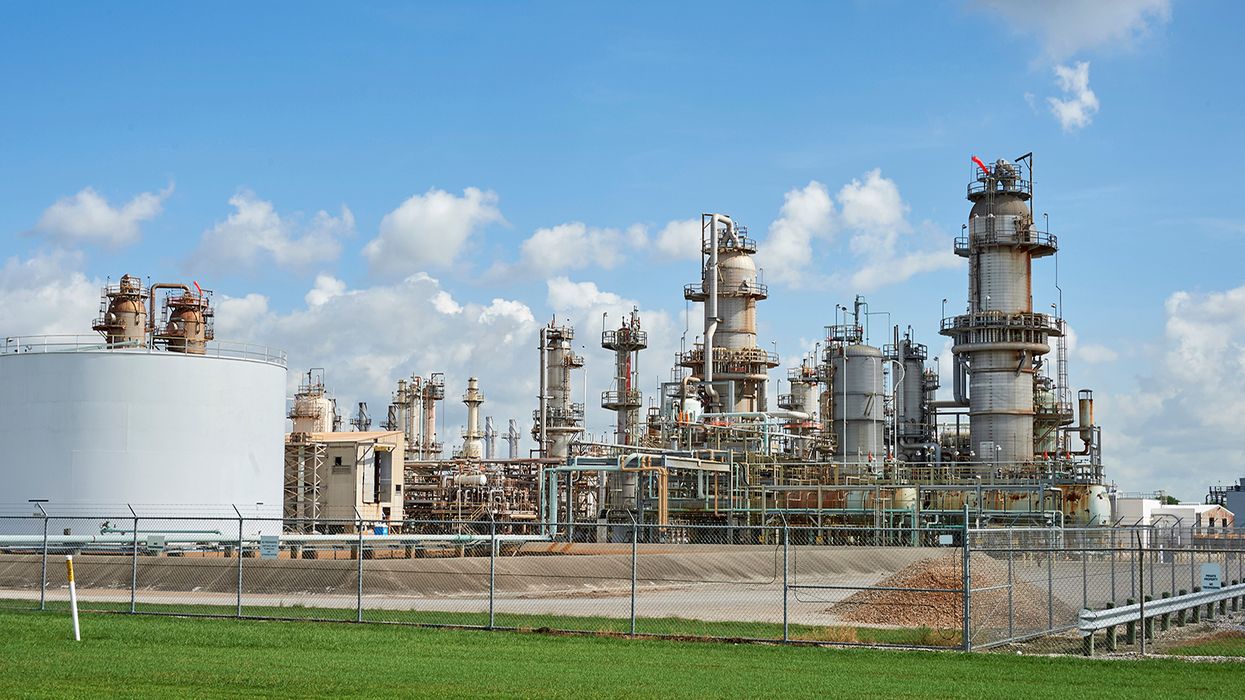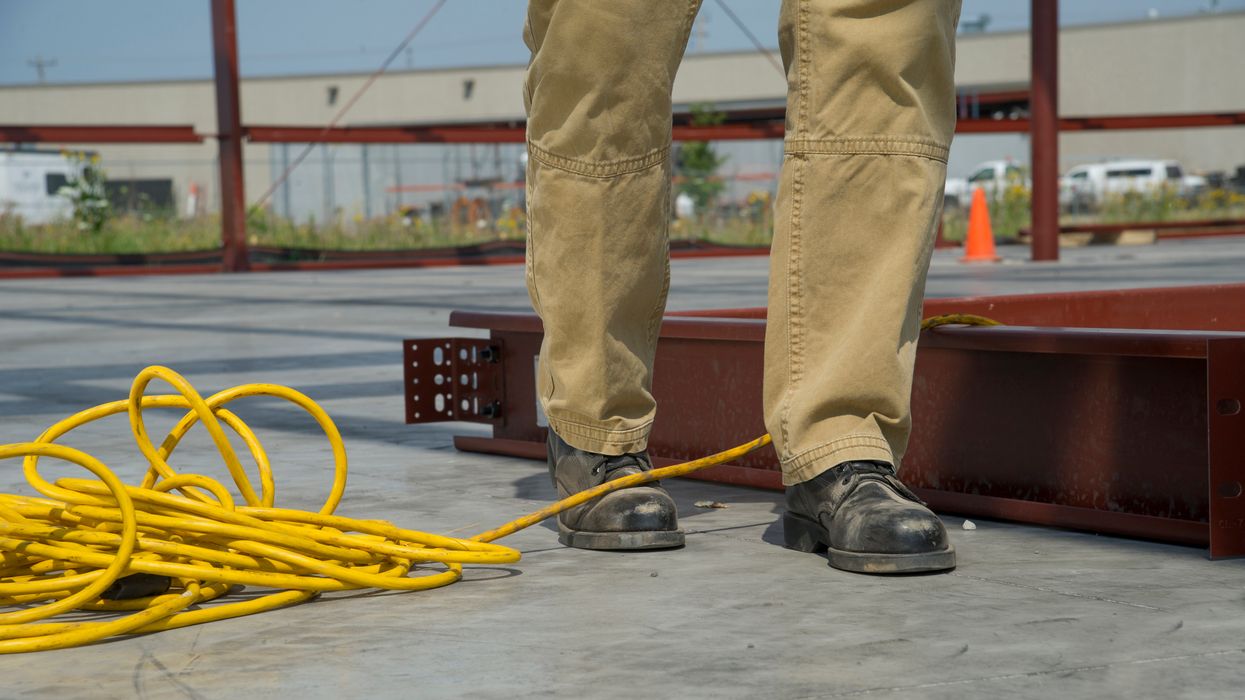Here’s how to properly use objective data for respiratory exposures
Did you know that you can’t use past exposures to predict current respiratory exposures when the conditions of the earlier job were more protective? This means that conditions such as training, work practices, and supervision must be the same between the two work activities being compared. Many employers incorrectly use historical monitoring data to make current workplace exposure assessments.
The U.S. Bureau of Labor Statistics reported that between 2011 and 2018, 1,030 workers died from injuries related to confined spaces—136 were related to inhalation of harmful substances. The most common types of inhaled gases were hydrogen sulfide (38 cases), carbon monoxide (23), methane (10), sewer gas (6), and solvents and degreasers (5). In addition to these inhalation cases, there were 39 cases of oxygen depletion.
If you use objective data from past respiratory protection monitoring to assess current respiratory exposures, ensure the conditions between your workspaces are the same. While evaluating respiratory hazards, OSHA requires that employers make a reasonable estimate of workers’ exposure to respiratory hazards.
OSHA recognizes that air monitoring is the “most reliable and accurate method” to determine post-entry exposure to respiratory hazards. However, other methods, such as objective data and mathematical computation, are also acceptable ways to evaluate contaminants’ chemical states and physical forms.
Objective Data
Before a confined space entrant enters a confined space, the internal atmosphere must be tested for oxygen content, flammable gases and vapors, and potential toxic air contaminants, in that order. Employers must verify conditions immediately before entry and that all precautions, including pre-entry testing, are in place immediately. So, objective data shouldn’t be used for initial, pre-entry testing of confined spaces but could be used to determine post-entry respiratory exposures to workers while performing work activities inside of the confined space, such as while welding, blasting, or performing spray operations.
| Need more information about confined spaces? See our ezExplanation for Confined Spaces. |
While employers use objective data, they must ensure the spaces’ conditions closely resemble one another. You must maintain accurate records of these conditions. OSHA says it’s the employer’s burden to demonstrate that the objective data used meets the parameters specified for objective data in the pertinent standards.
If your controls in one job are more protective than controls in the job you are comparing, the objective data cannot be used. Who in your workplace is competent or qualified to make comparisons of objective data?
Professional Judgment
OSHA has no specific qualifications for reviewing objective data in your workplace, but this person should at least be competent or qualified. The Agency provides additional guidance to employers, stating that it accepts the application of professional judgment to evaluate data to ensure that it meets all definitions, criteria, and limitations identified by OSHA for the representative sampling by its standard.
For example, if a competent person were evaluating whether objective data could be used from workers’ exposure monitoring for hexavalent chromium while welding in another similar confined space, they would evaluate the type of welding process, the amount of chromium in materials used, the orientation of the welder to his work, their training, and any other relevant work practices, the presence of any engineering controls, such as local exhaust ventilation, and other factors like safety data sheet information.
Safety Data Sheet
Safety data sheets (SDSs) provide useful health and safety information to employers and employees about chemicals being used in the workplace. Use the ingredient list in the SDS to identify specific ingredients in the chemical mixture. While developing protocols to follow, such as ventilation, personal protective equipment, handling, engineering controls, etc., use information from the SDS to ensure uniformity in applying controls between the two spaces while using objective data.
Keys to remember
Employers must use their professional judgment while deciding if objective data provides the same degree of assurance that employee exposures have been correctly characterized as air monitoring would have.

